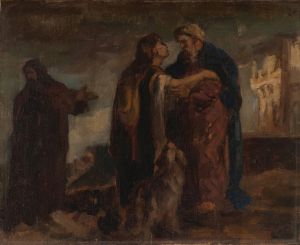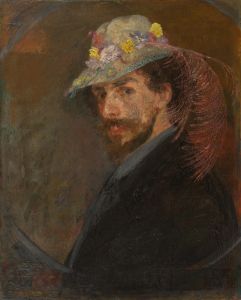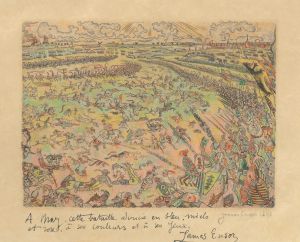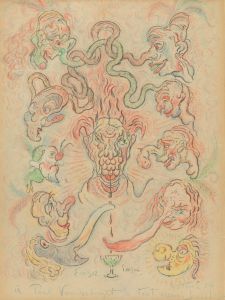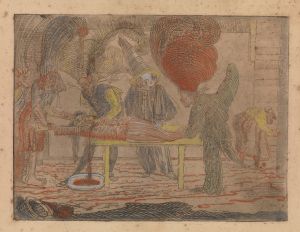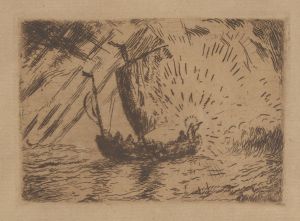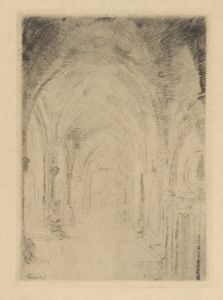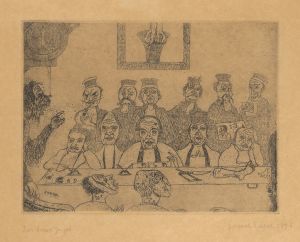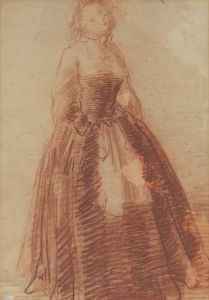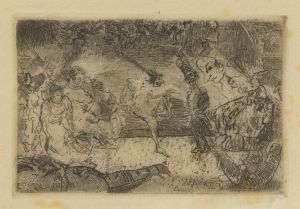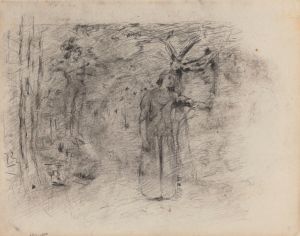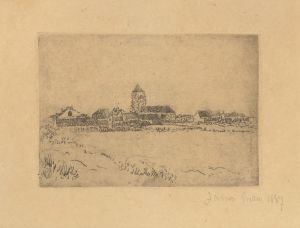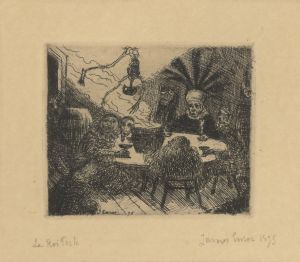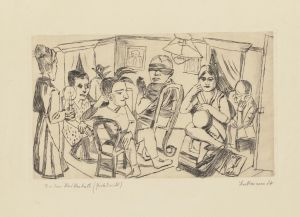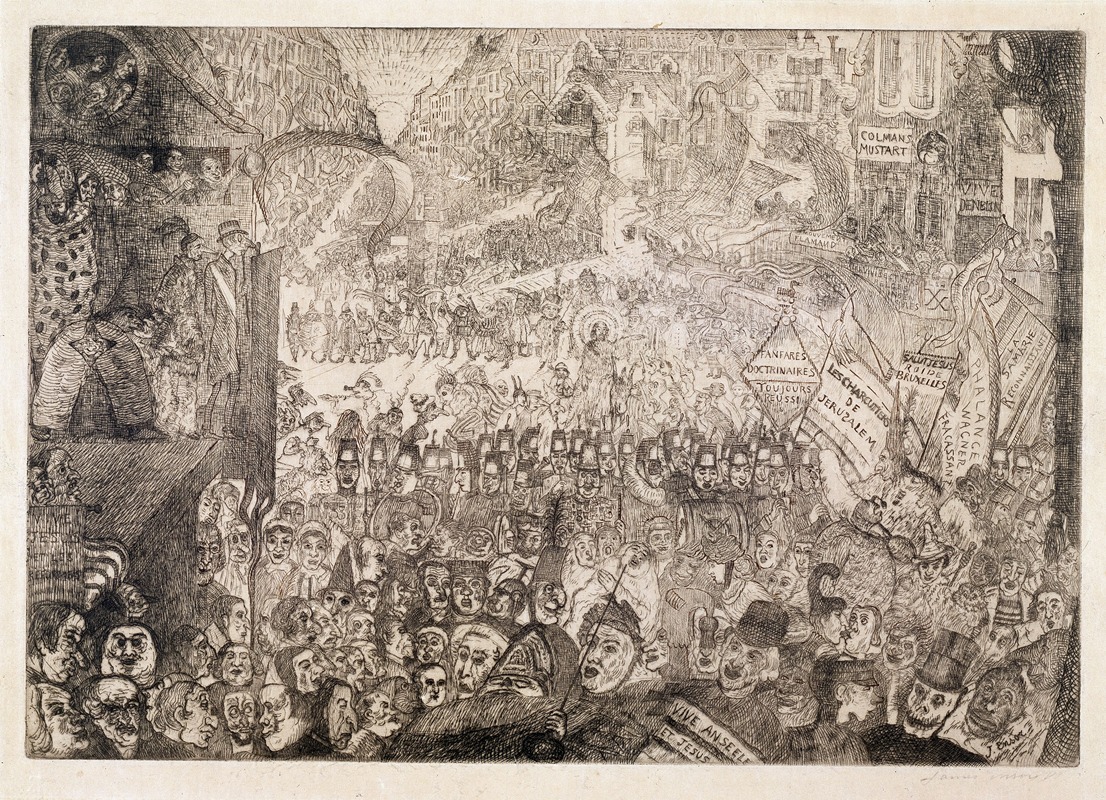
The Entry of Christ into Brussels
A hand-painted replica of James Ensor’s masterpiece The Entry of Christ into Brussels, meticulously crafted by professional artists to capture the true essence of the original. Each piece is created with museum-quality canvas and rare mineral pigments, carefully painted by experienced artists with delicate brushstrokes and rich, layered colors to perfectly recreate the texture of the original artwork. Unlike machine-printed reproductions, this hand-painted version brings the painting to life, infused with the artist’s emotions and skill in every stroke. Whether for personal collection or home decoration, it instantly elevates the artistic atmosphere of any space.
"The Entry of Christ into Brussels" is a monumental painting by the Belgian artist James Ensor, completed in 1888. This work is one of Ensor's most famous and controversial pieces, reflecting his unique style and critical perspective on society.
The painting measures approximately 252 cm by 431 cm (about 8.3 feet by 14.1 feet), making it an imposing presence. It depicts a chaotic and grotesque parade in the streets of Brussels, with Christ entering the city on a donkey, reminiscent of his entry into Jerusalem. However, unlike traditional depictions of this biblical scene, Ensor's version is filled with a tumultuous crowd of masked figures, caricatures, and grotesque faces, creating a sense of disorder and satire.
Ensor's use of vibrant colors and bold brushstrokes adds to the chaotic atmosphere of the scene. The composition is densely packed with figures, each one rendered in a highly expressive and often exaggerated manner. The central figure of Christ is almost lost amidst the throng, highlighting the artist's critical view of contemporary society's neglect of spiritual values in favor of materialism and superficiality.
The painting is often interpreted as a critique of the political and social climate of the time. Ensor was known for his disdain for the bourgeoisie and the hypocrisy he perceived in society. "The Entry of Christ into Brussels" can be seen as a satirical commentary on the pomp and circumstance of public events and the superficiality of societal norms.
James Ensor was a leading figure in the Symbolist movement and later influenced the development of Expressionism. His work often featured themes of death, masks, and the grotesque, reflecting his fascination with the darker aspects of human nature and society. "The Entry of Christ into Brussels" is a prime example of his ability to blend social critique with a unique artistic vision.
The painting was not well received at the time of its creation and was not exhibited publicly until many years later. Today, it is considered a masterpiece of modern art and is housed in the J. Paul Getty Museum in Los Angeles, California. The work's boldness and originality have earned it a significant place in the history of art, and it continues to be studied and admired for its innovative approach and powerful social commentary.
Ensor's "The Entry of Christ into Brussels" remains a testament to the artist's ability to challenge and provoke, using his art to reflect on the complexities and contradictions of human society.





